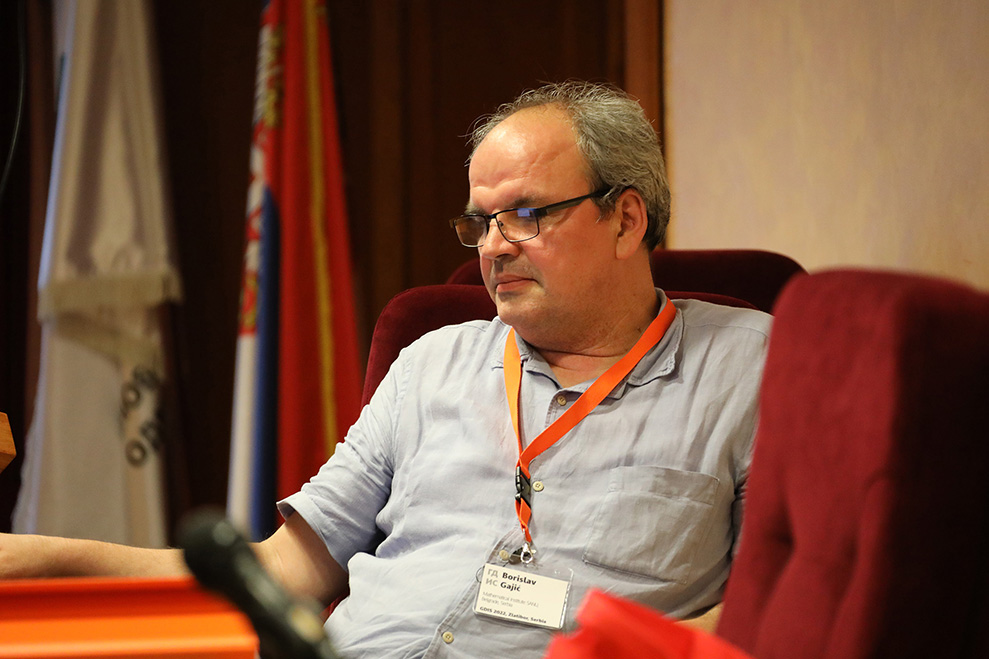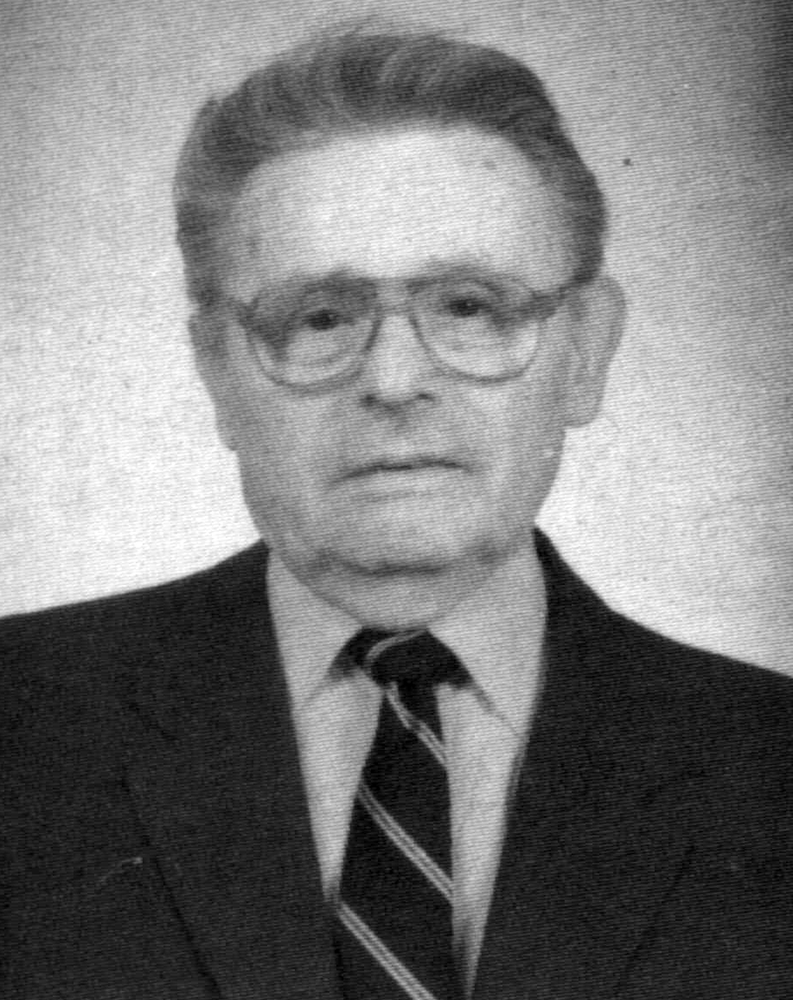
Principal task of the Mechanics Colloquium is to organize:
The Mechanics Colloquium meets weekly on Wednesday at 6 pm. The current chair of the Mechanics Colloquium is Dr. Borislav Gajić with Andrijana Dekić as a secretary.
SEMINAR PROGRAMS
Chairman:

Prof. Dr. Vlatko Brcic (1919-2000)
Abstract
Abstract
Abstract
Abstract